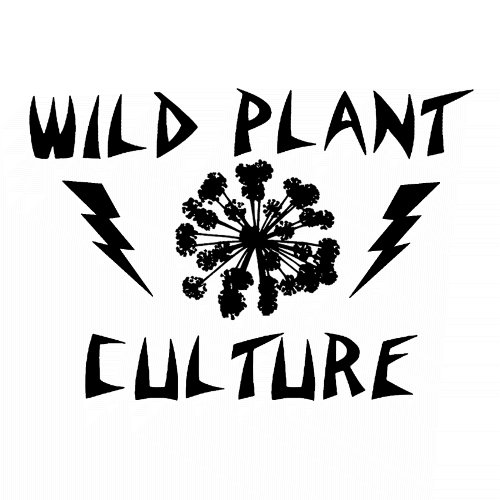The (Other) American Way

When European colonists first arrived in the Americas, they may not have had a concept that allowed them to understood the nature that they saw. We still don't have a word for the concept in English -- a word for Native American's practice of honing ecosystems for food abundance while retaining native species diversity and function.
Many of the signature "wild" landscapes of the New World are now understood to be the result of partnerships between humans and other forces. Even the Amazon, that paragon of wildness and biodiversity, may be in large part shaped by human activity. Likewise, both the tallgrass prairie and much of pre-colonial California were dependent on the cultural activities of people for the composition and type of habitats present. It is increasingly accepted that across the Americas, native peoples shaped the land to create productive systems of what we would now dub "permaculture", "agroforestry", "orcharding" and "game management", but in unique iterations that spawned whole regional ecologies, melding technologies such as fire management, culling, pruning, planting, orcharding, mound- and midden-building, hydrological manipulation, and the creation of soils.
While the land is now so altered by colonial and modern development as to be hard to read into, accounts written by early European colonists are striking. Early accounts describe extensive park-like woods brimming with nut and fruit trees, and an explosion of wild fish and game. Coupled with emerging evidence, this suggests that, throughout the Americas, First Nations peoples managed a vast food landscape via fire, plant introductions, and other ecological management techniques. Unlike Eurasian agriculture, these practices didn't depend on the elimination of native species and diversity, or on the active and constant control of domesticated animals. Instead, the entire landscape was managed for abundance, for fruits, nuts, greens, tubers, medicine plants, craft plants, as well as game and fish.
Why is this still "breaking news"? By the time Europeans established a significant presence here, as much as 90% of Native people may have been wiped out by introduced Eurasian plagues. Once-vast cultural landscapes were already overgrown and untended, and in many places the native peoples and cultures were reduced to a small group of survivors.
In addition, European settlers may have simply lacked the cognitive tools (or interest) to understand an ecologically managed food landscape. Instead, they held an intense prejudice against the Natives, branding them as pagans, devil worshippers, and non-humans -- corollary to the usurpation of their territories.
In the Northeast, the trail leading to Indigenous cultural landscapes has grown cold in some places. We might find groves of pawpaws, bur oaks, American hazelnuts, wild plums, or honey locusts, and speculate that they could suggest a former native village site. Or out-of-range populations of other exceptional food plants like groundnut, persimmon, or Jerusalem artichoke. But the totality of the system comprising plants, wildlife, and humans, and the ecological knowledge and management techniques that guided it, is not common knowledge.
There is a subset of archaeology known as experimental archaeology. Looking to understand past cultures, experimental archaeologists craft their own stone arrowheads and spearpoints, make structures and sandals, bowls and baskets, testing the time, effort, and materials necessary. By learning these craft "experimentally", these archaeologists open up a portal to the past and become better interpreters of artifacts.
We too can be like experimental archaeologists, trying materials, seeking techniques, arriving at a thing of beauty and utility. Rather than knapping flint or pressure flaking razor-sharp obsidian, our tools are plants, seeds, soil, fire, and water, as we experimentally replant and steward the once and future food forests of America. We're seeking neither the Garden of Eden nor the agriculturalist's yoke, but instead a third, distinctly American way, where everyone is invited to the potluck feast - plants, wildlife, and two-leggeds alike.
Some of the most diverse and productive landscapes on Earth are now understood to be anthropogenic - significantly modified, created, and maintained by people. Does this negate the power and glory of wild nature? No. But it also means that humans can do more than just destroy and defile. We've created sustainable, diverse food systems based around native ecology before, and we can do it again.
